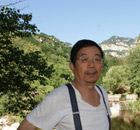Hot on the Web
Will they stay or will they go?
By Tang Zhihao (China Daily)
Updated: 2010-04-19 08:02
 |
Large Medium Small |
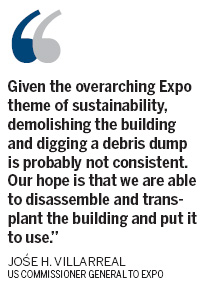
The fate of many pavilions at Expo remains in the balance. Some may stay, some may be moved to other parts of China, while others will be dismantled and sold. At least one will fall apart naturally
Even before the curtain for Expo Shanghai 2010 is raised, Joe H. Villarreal, US commissioner general to the event, has been thinking about the fate of the structure that he and his team scrambled to complete in time.
"We built the facility with the idea in mind that it has a life following Expo. This facility is built to last a thousand years," Villarreal said.
"Given the overarching Expo theme of sustainability, demolishing the building and digging a debris dump is probably not consistent.
"Our hope is that we are able to disassemble and transplant the building and put it to use."
The post-Expo fate of foreign pavilions, especially those costing tens of millions of dollars, has generated strong interest among the public.
According to the rules of the Bureau of International Expositions (BIE), the governing body of the World Expos, and plans from Shanghai Expo organizers, all foreign pavilions are to be dismantled after the event and the Expo site redeveloped.
At the Aichi Expo in Japan five years ago, all the Expo structures were removed and the site was rebuilt as a youth training camp.
After Expo Shanghai, only a few structures will remain on the site. These include the China pavilion, the Theme pavilion, the Cultural Center, Expo Center and Expo Boulevard. These will become permanent landmarks on the site after Expo finishes at the end of October.
But some foreign countries want to retain their pavilions in Shanghai or elsewhere in China as a testament to their friendship with China.
They say the life cycle of materials used in pavilion construction and the Expo theme of sustainable development needs to be considered carefully in determining the fate of these constructions - whether they should be retained, recycled or demolished.
The US pavilion, which raised all its funding ($61 million) through corporate sponsorship and private donations, is the most anticipated foreign pavilion, according to a survey last November by Ogilvy Public Relations Worldwide. The US bans the use of public funds for World Expos.
Although it seems unlikely that the US pavilion will be allowed to remain on the Expo site, Villarreal said he has received expressions of interest from parties would like to have the building moved to their communities.
Finland has taken steps to ensure the fate of its pavilion after Expo. It will be dismantled and sold, a decision made by the country's Ministry of Employment and the Economy during the design stage of the structure.
"The pavilion was designed to last as long as possible. We hope it can stay in China permanently," said Zhou Wei, manager of post-Expo relations for the Finland pavilion.
Designed by leading London-based architects firm Foster and Partners, the sand-colored United Arab Emirates (UAE) pavilion is one of the most eye-catching at Expo.
It will be dismantled and shipped back to the UAE after Expo, said Peter Vine, the Expo team coordinator for UAE.
Managed by a tourism development investment company, the structure will be rebuilt on Saadiyat Island - also known as Cultural Island - in the UAE capital of Abu Dhabi.
"It will serve as a cultural and social center and a reminder of UAE's participation at the world's largest exhibition, Expo 2010 Shanghai," said Vine.
France expressed its wish as early as 2007 to have its pavilion remain in China permanently.
"We are discussing the issue with the central government in Beijing and the Shanghai government," said Thierry Mathou, consul general for France in Shanghai.
The Thailand pavilion may be moved to Wuxi in Jiangsu province after Expo and become the centerpiece of a Buddhist cultural park. The move is pending approval from the Shanghai government.
Decorated with 8,524 wicker panels in brown, beige and black, the Spain pavilion is waiting for its fate to be decided. Two plans are under consideration by its pavilion operators. After Expo, it will either remain in China or be dismantled and recycled.
Aritz Parra, press officer for the Spain pavilion, said Expo organizers have hinted that a competition will be held and the most popular pavilion will be retained after the Expo.
"If the plan is approved, it will be our honor to have our pavilion remain in China," said Parra.
Either way, not all pavilions will remain in China after Expo. The German commissioner general of Expo, Dietmar Schmitz, said the country's pavilion will be dismantled after the event.
The only chance for visitors see the pavilion will be during the six months of Expo.
Marion Conrady, press officer with the German pavilion, said the steel structure will be dismantled and sold.
However, the interactive sphere in one section of the pavilion will be shipped back to Germany. The 400,000 LED lights used for the pavilion were rented, so they will be handed back after Expo, while the textile-membrane faade will be recycled.
With its use of biodegradable materials, the Swiss pavilion was designed not to last beyond Expo. But a Swiss official said special lights, which are triggered by the flash from cameras, could be sold as souvenirs.
China Daily
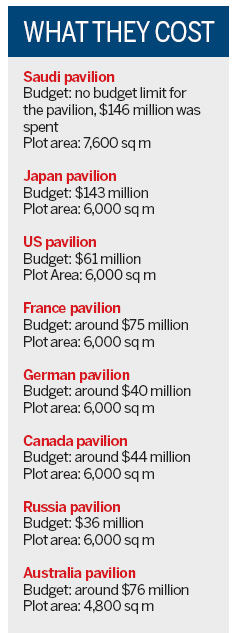
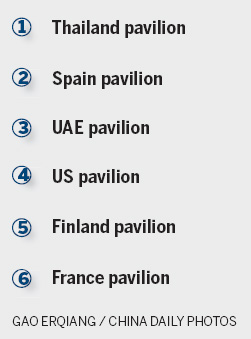
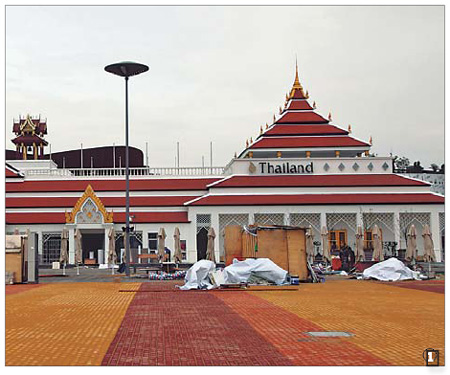
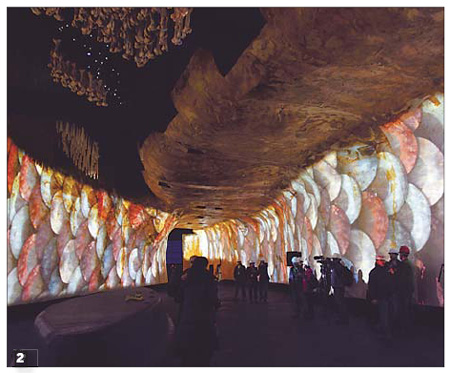
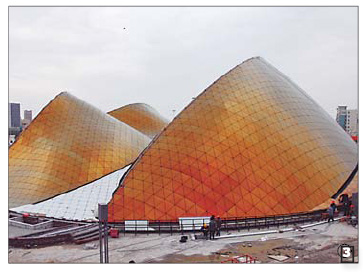
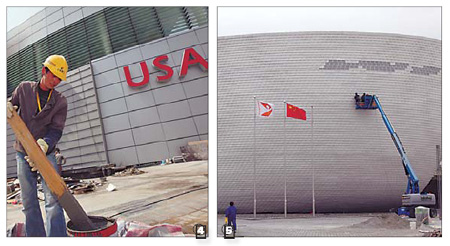
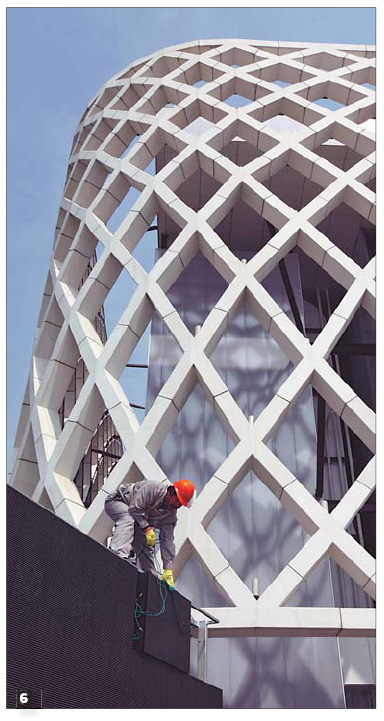
(China Daily 04/19/2010 page7)

